
The internet put all human knowledge at our fingertips, transforming the way we understood the world. A recent technological “innovation” may give us answers even faster, but take a wrecking ball to our basic information.
The tariffs are on; the tariffs are off. The tariffs are—it’s exhausting. Last night a federal court ruled they’re off again. But beer fans take note, not all of them, including two biggies.
Travel Oregon, the state’s quasi-independent, tax-funded travel commission. was in the news last week, and I want to clarify my role in the reporting.
Sierra Nevada recently won the World Beer Cup gold medal … for ESBs. Violating Betteridge’s law of headlines, I explain why they got it right, including in my analysis a different rule, beer’s One Iron Law.
Two dozen breweries, nine hop farms, four taprooms, one hop breeder, and a yeast lab have all joined together for a statewide collaboration called Oregon Homegrown. It’s going to be special!
For most of the craft beer era, Oregon’s major newspaper has assigned someone to cover beer. The accurate, credible information they’ve provided beer fans over the decades probably plays a much bigger role in our beer culture than we appreciate.
Assembly Brewing, Portland’s first and only Black-owned brewery, is closing. After just six years, it had become one of the city’s landmark breweries, and owner George Johnson became one of Portland’s most engaging and interesting brewers. It’s a terrible loss.
If you’ve noticed a downtick in blog frequency and quality, you’re not wrong (at least to the former). A brief update on what’s going on. You may be able to relate.
On this week of the Craft Brewers Conference, when much of the news is a little dour, let’s consider a little context. More and more people are drinking so-called craft beer each year, and it is becoming part of our cultural furniture. There’s a lot of upside to that.
How long does it take to make a proper pale lager? Some Czech breweries take months. Most of the books and websites tell you six weeks is more common. What would you say to three weeks? Zoiglhaus’ Alan Taylor learned how to brew in Berlin, and he thinks three is just fine.
Industries in trouble aren’t very silly. Silliness arises amid bounty. We could even advance a measure—call it the “silliness quotient”—to discern how healthy an industry is. By that measure, things may be looking up.
Midway through the can of Pure Project’s Neon Bloom, I realized I was having an experience shift. The beer smelled and tasted like a hoppy ale, but I was slugging it down like a lager. Was I drinking a West Coast pilsner or a West Coast Pale ale? Did it matter?
The Oregon Beer Awards announced winners of their 2025 competition last year, the tenth of the competition. Competition Director Ben Edmunds shared all the winners by year, and I pored over them to identify trends. This post contains pretty graphs!
The Brewers Association has their official end-of-2024 report out, and along with it their list of the largest US breweries. One thing you can’t help but notice: it’s a lot easier to survive as a larger brewery with a little help from your friends.
Remember that brown-label, gray-market “Corona Mega” I discovered at a Mexican restaurant in Tillamook, Oregon a year ago? Lawyers have gotten involved. (Plus a brief, unrelated comment on the tariffs.)
Modern cask bitters have evolved. Many include juicy new world hops and modern IPA hopping techniques. But to achieve the delicacy and harmony bitters are famous for, breweries have to do more than just adding Citras.
It’s taken pFriem 13 years to expand from their original location in Hood River. On Monday, April 7th, they take their next step, with a beautiful, expansive new pub and restaurant in the old City Hall building in downtown Milwaukie, just south of Portland.
Why aren’t Americans drinking beer? Maybe because they’re too busy sucking down water, sparkling water, sports drinks, energy drinks, “natural beverage,” and real and artificial juices.
In our final Coronavirus dispatches, Zoiglhaus’ Alan Taylor looks back at the positives and negatives wrought by the pandemic, and offers some hope for why he sees a rosier future.
“If we could collectively turn the stoke up a bit, then maybe we'd be the party that everyone would want to go to again. Come on folks, louder, more punk rock!“
Gigantic’s Van Havig offers the most insightful look at the beer industry you’ll find, five years after Covid. “It was life or death for Americans five years ago, but it’s kind of life or death for the small brewing industry right now.”
“Instead of going to their local brewery they’re headed to the store where they can pick up a 6-pack of whatever IPA is on sale. American society has changed for the worse at a time when we need collaboration and community the most.“ Heater Allen’s Lisa Allen, writing five years after Covid.
Five years ago I collected reports from several Oregon breweries as they struggled to navigate the Covid crisis. This week I will have some follow-ups from the same breweries on what has happened since. We’re starting with Alesong because it’s a happy story.
Our coping mechanism was to get through Covid, not come to terms with it. We treated the pandemic like a really bad flu; turns out It was more like cancer or AIDS. Five years later, it’s time to take stock of where Covid brought the world (both the beer world and the world world).
A couple weeks ago, we learned that Portland’s Breakside would be buying a winery and opening two new taprooms, increasing their growing empire to eight locations. But it was their new membership, the Breakside Collective, that caught my eye.
Alesong just released Single Origin, a beer where the barley, hops, and Riesling grapes were all grown on the same farm in Oregon. And the beer was fermented with the yeast and bacteria resident on those grapes.
How well is alcohol doing? Well, not great, but you knew that. Two new reports take a granular look at the nature of that “not great” and reveal some interesting findings.



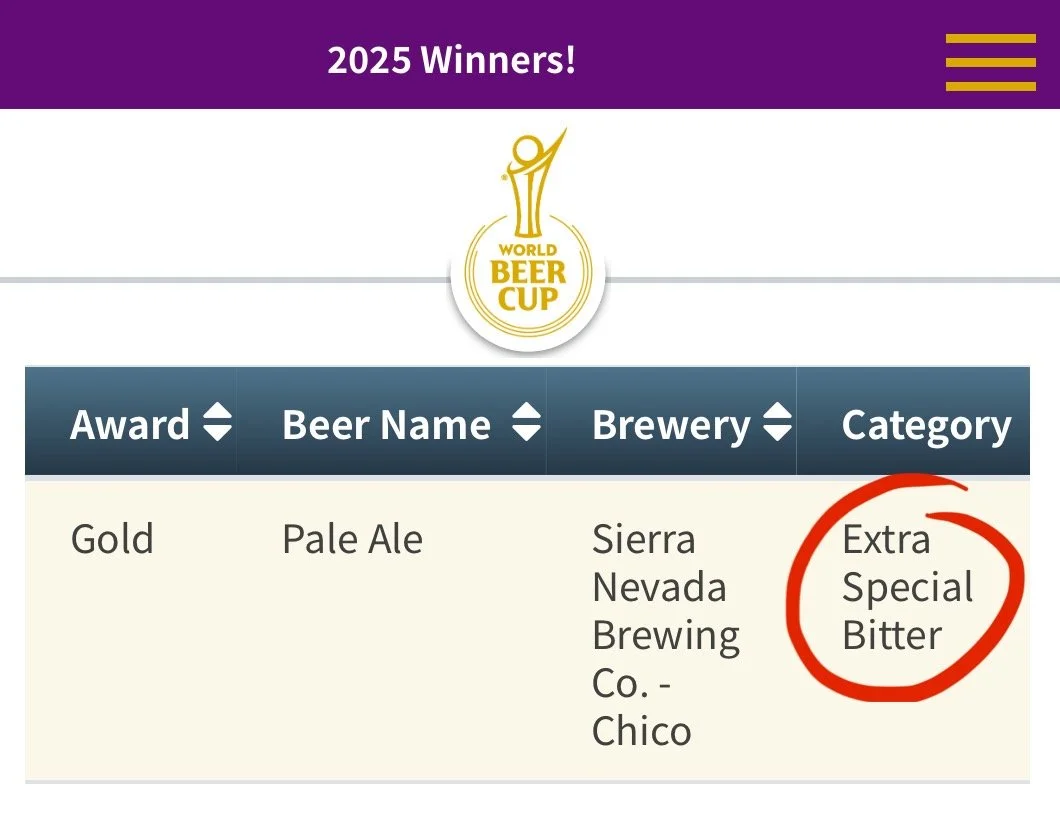

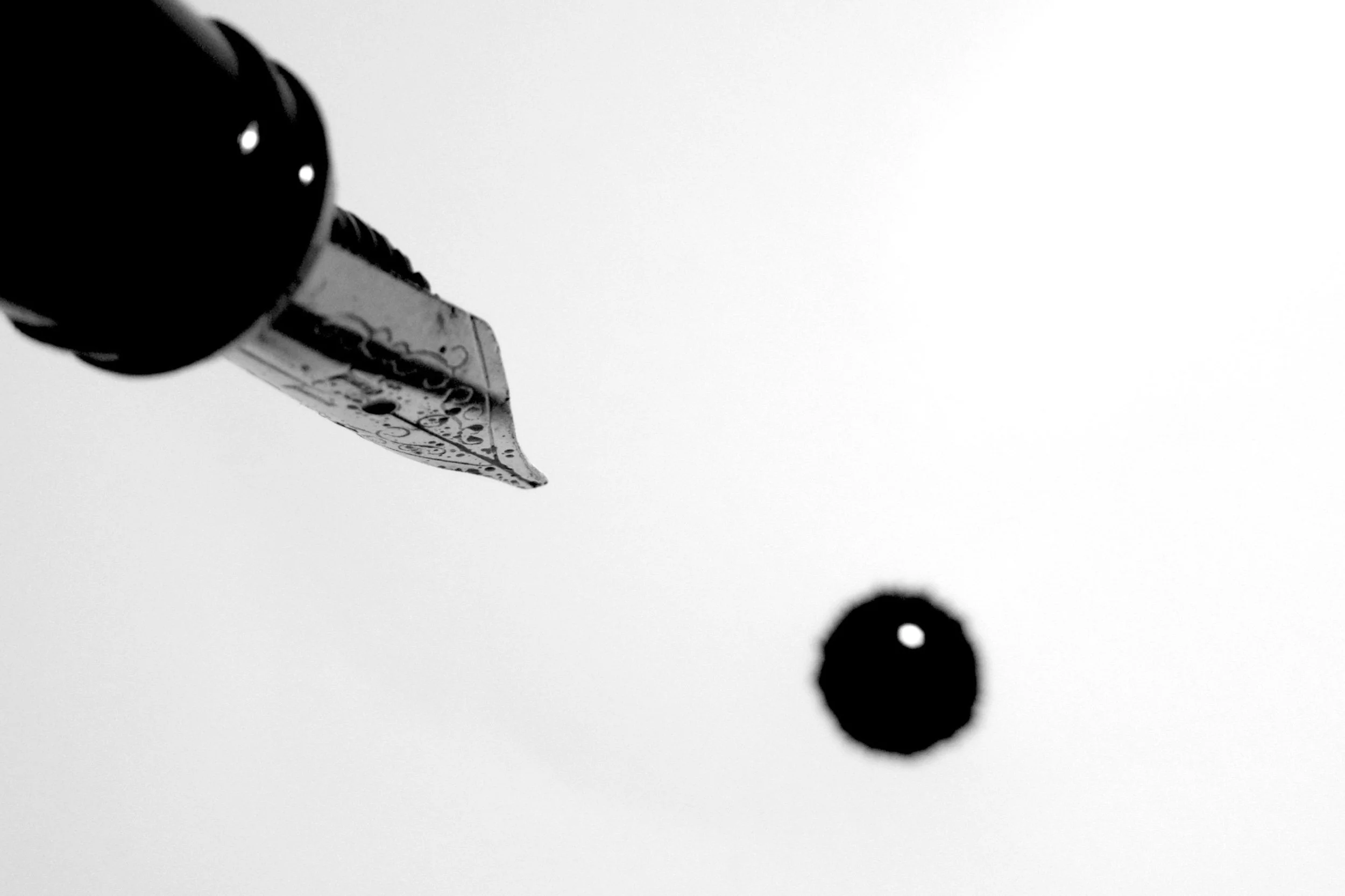

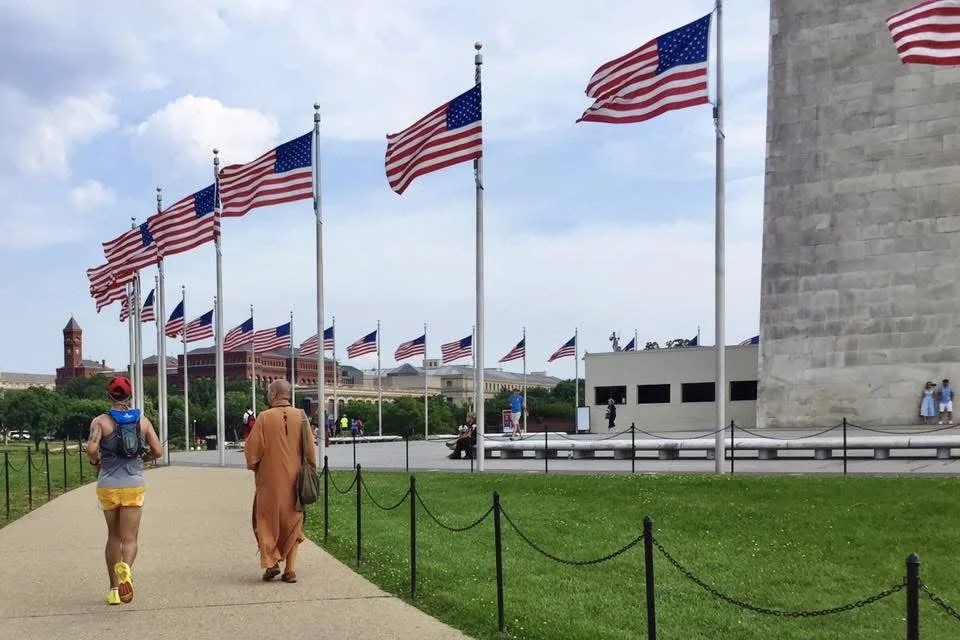
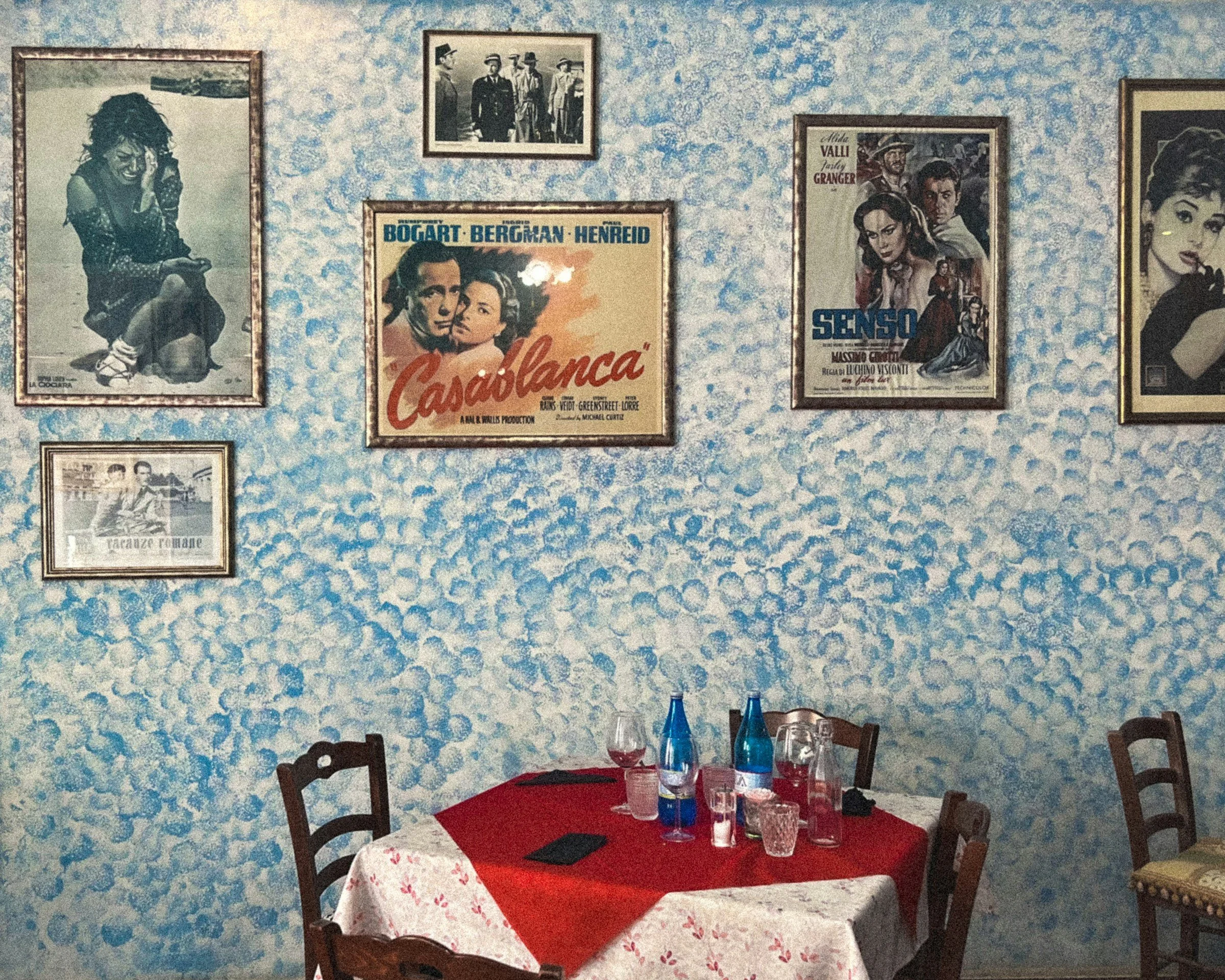
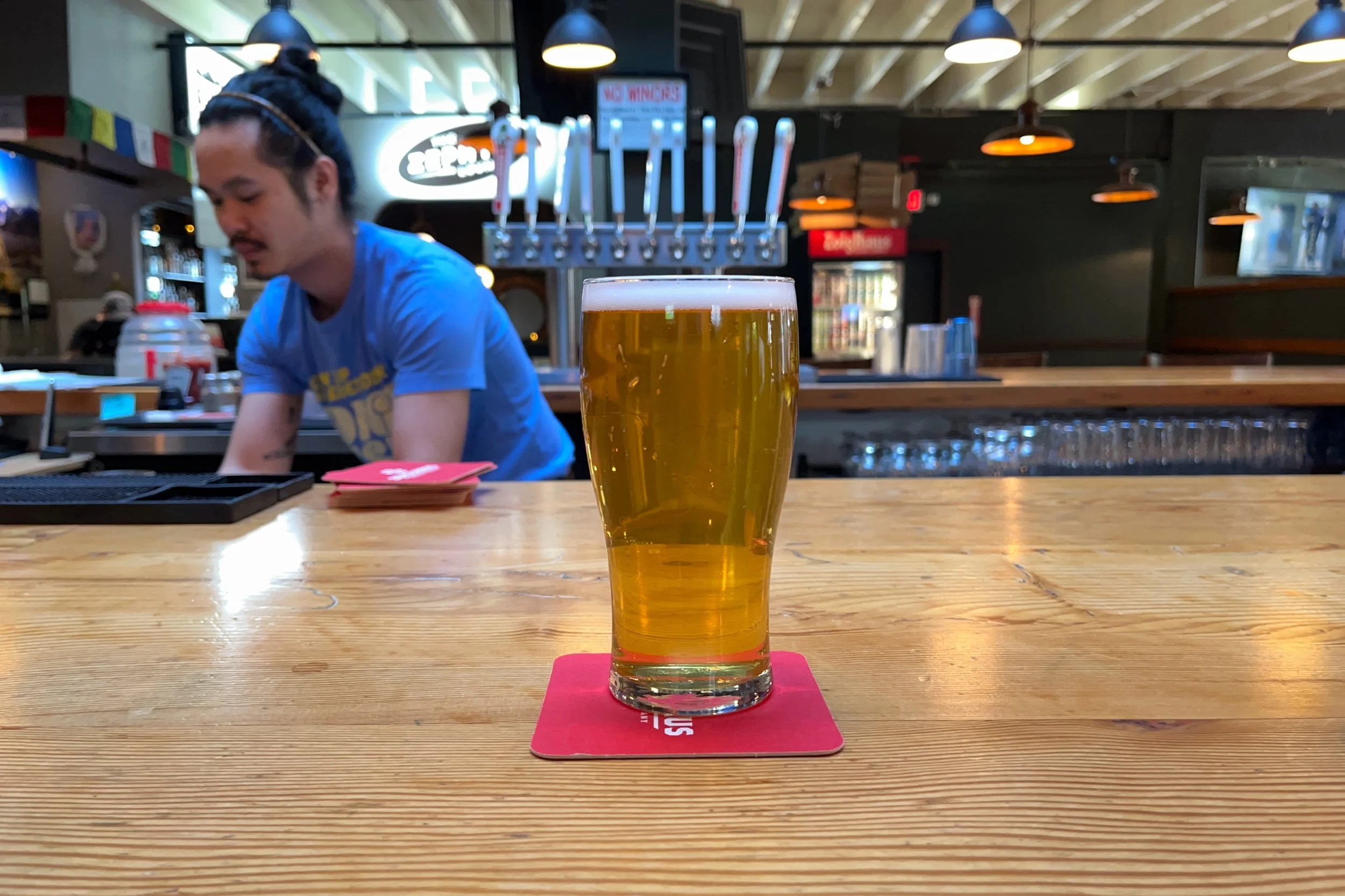

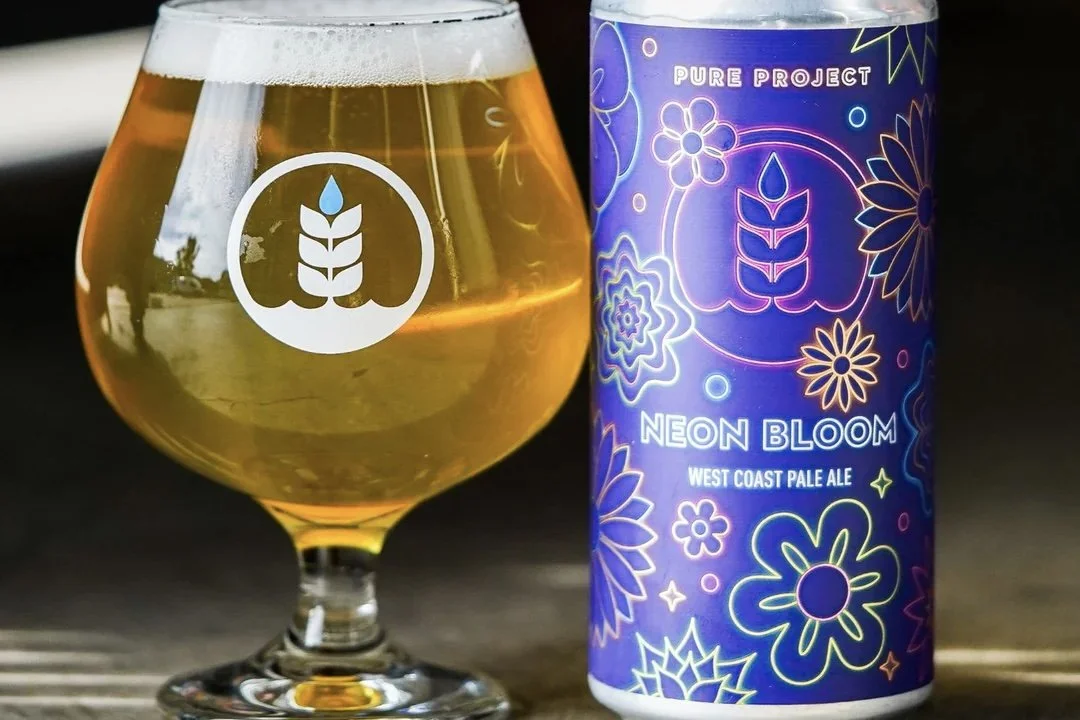



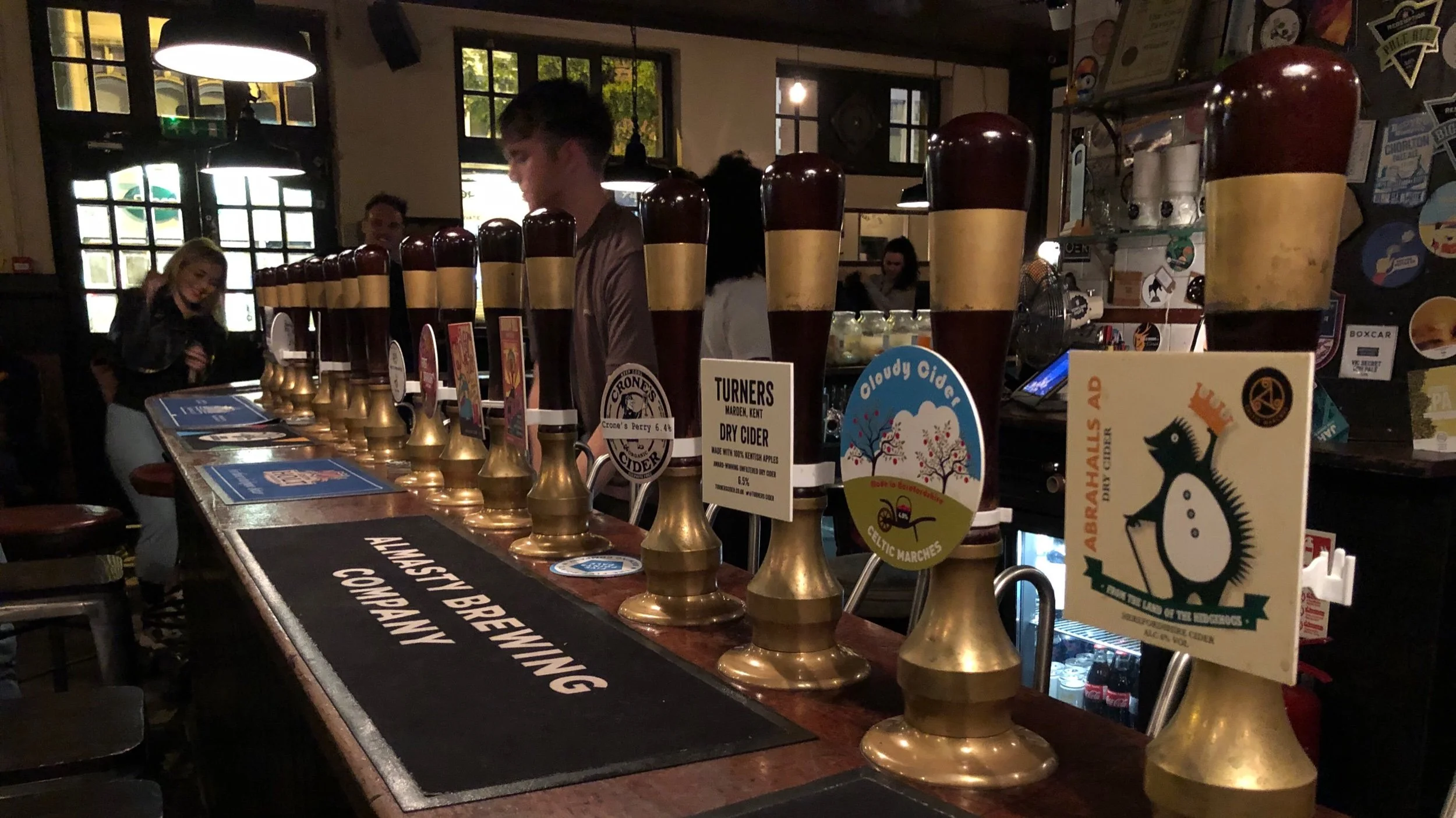
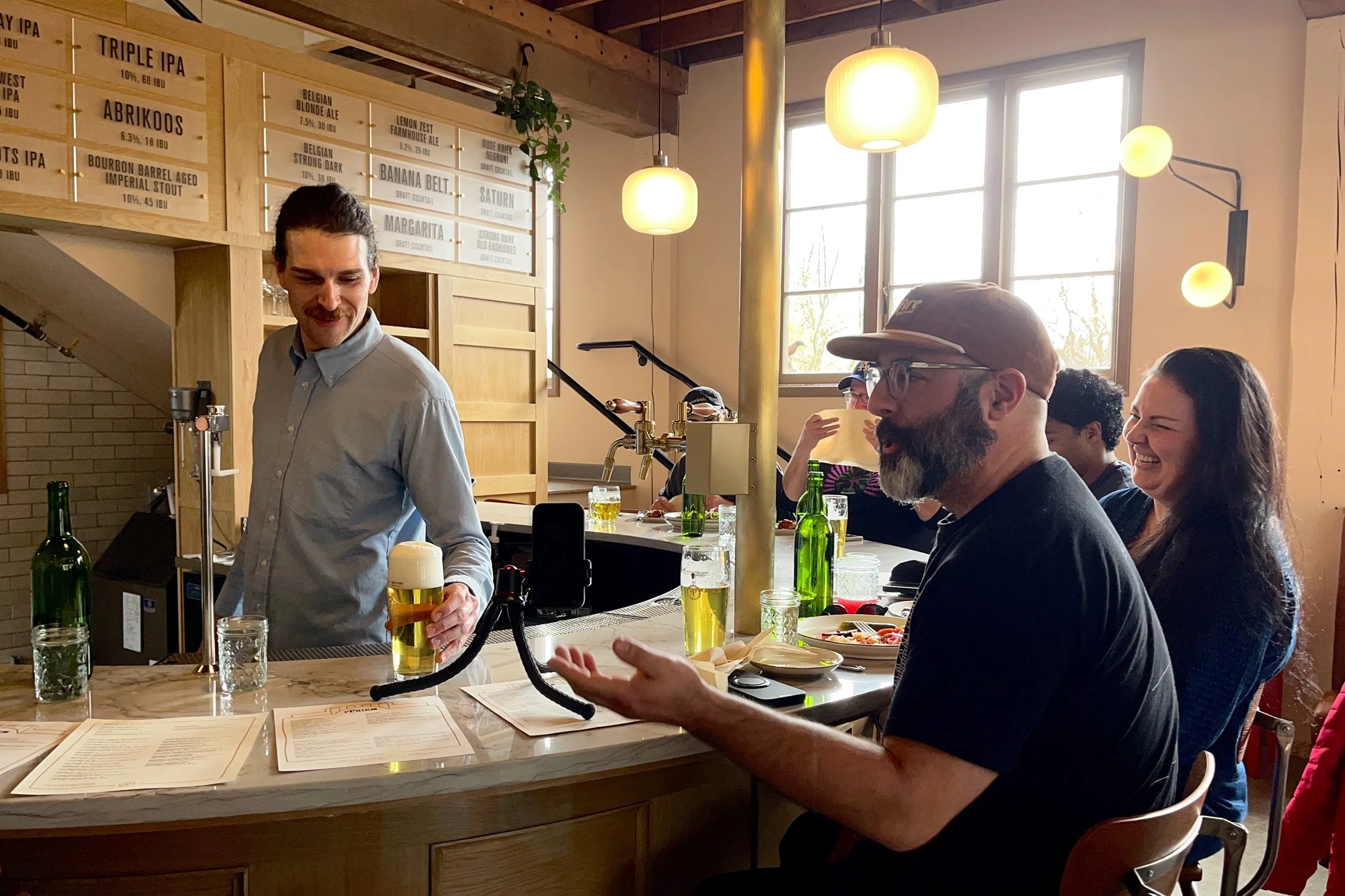

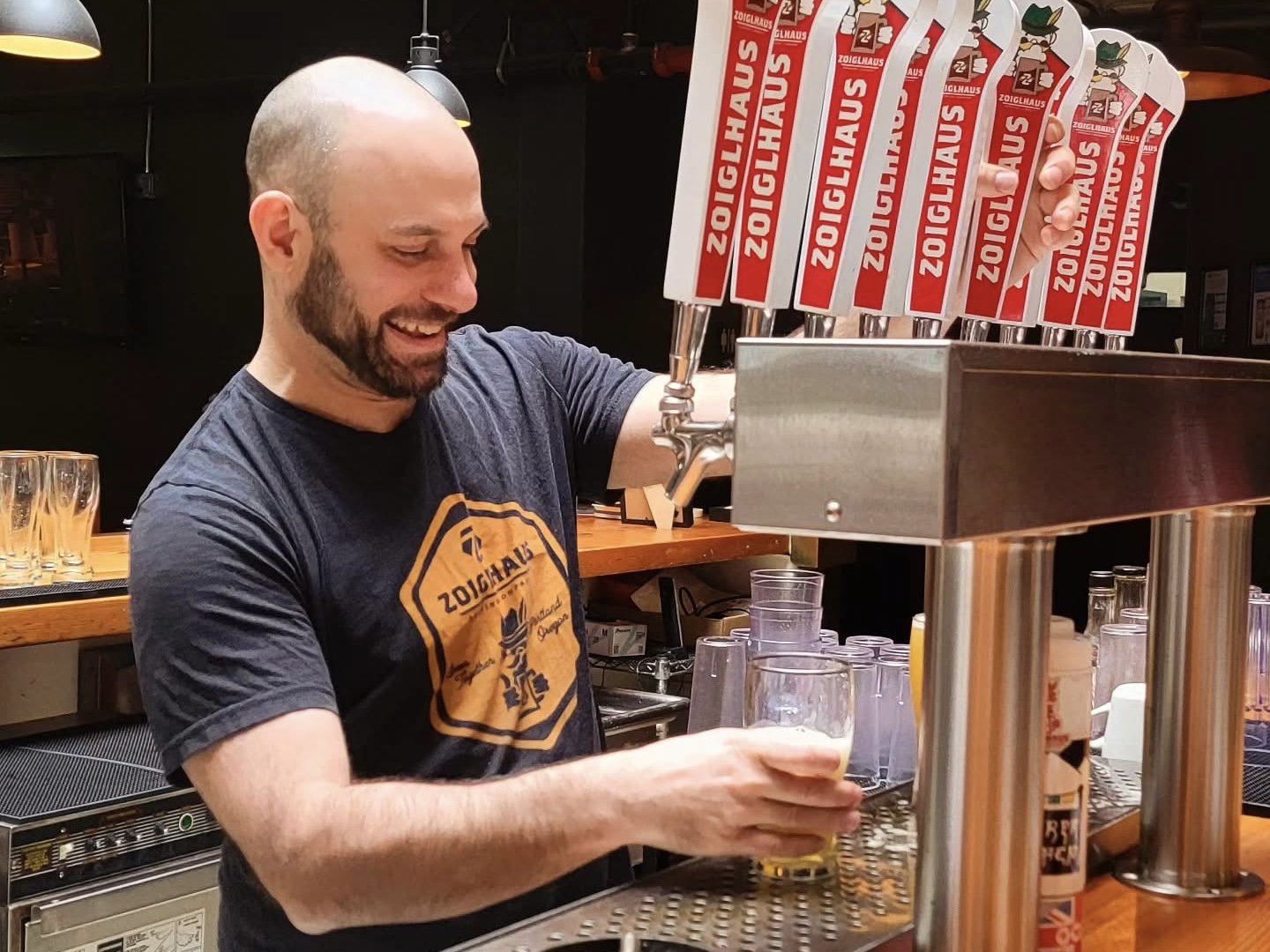

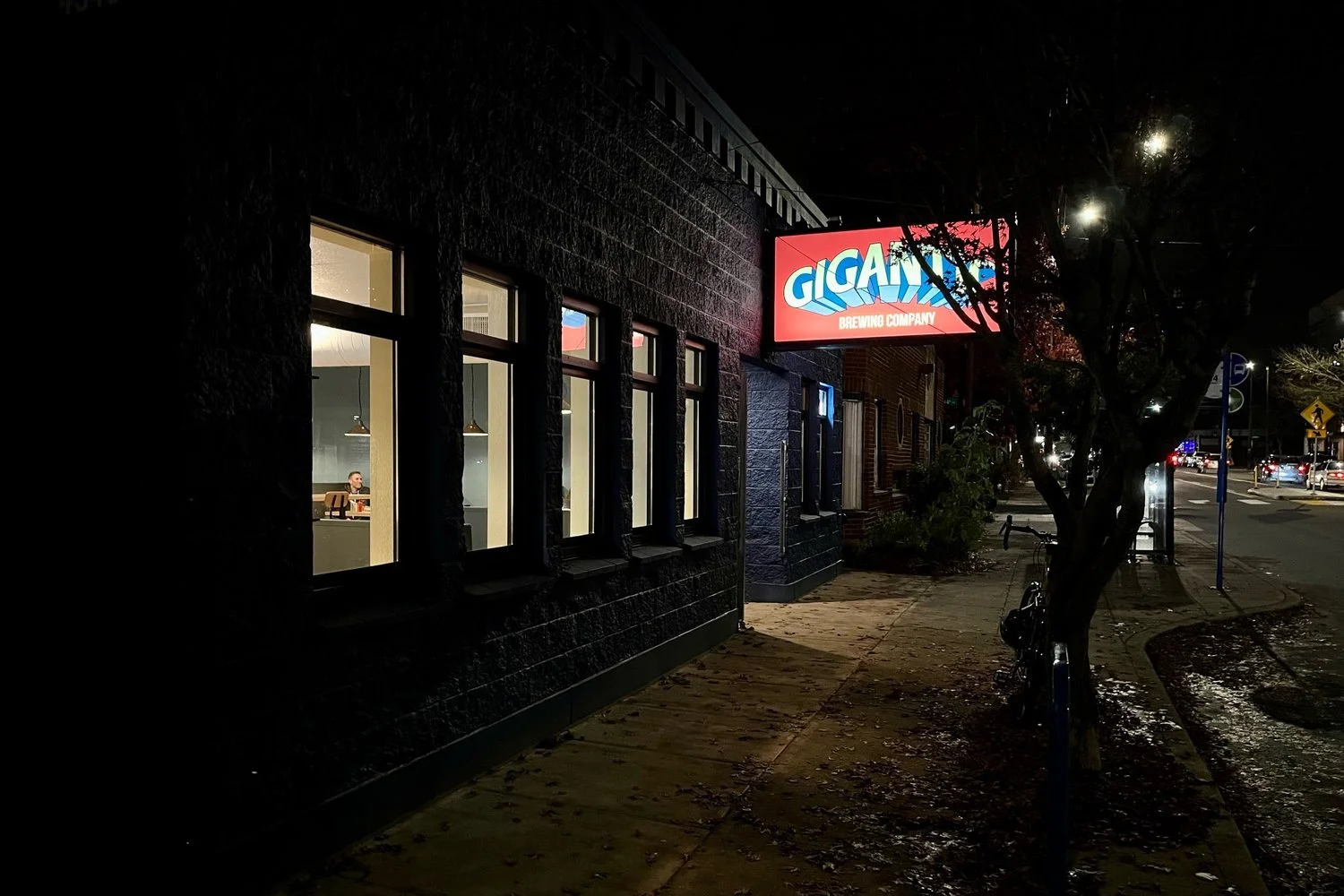
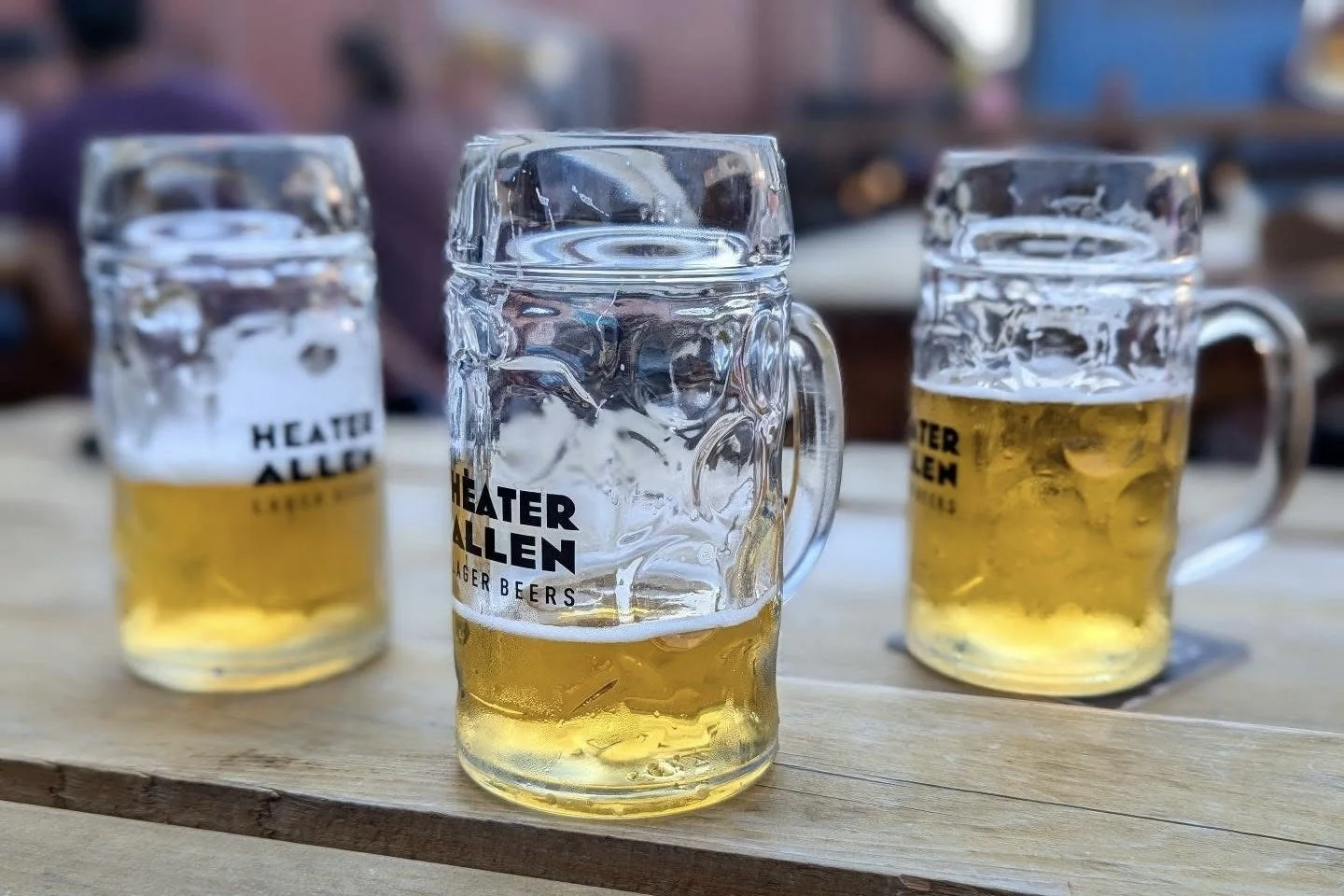


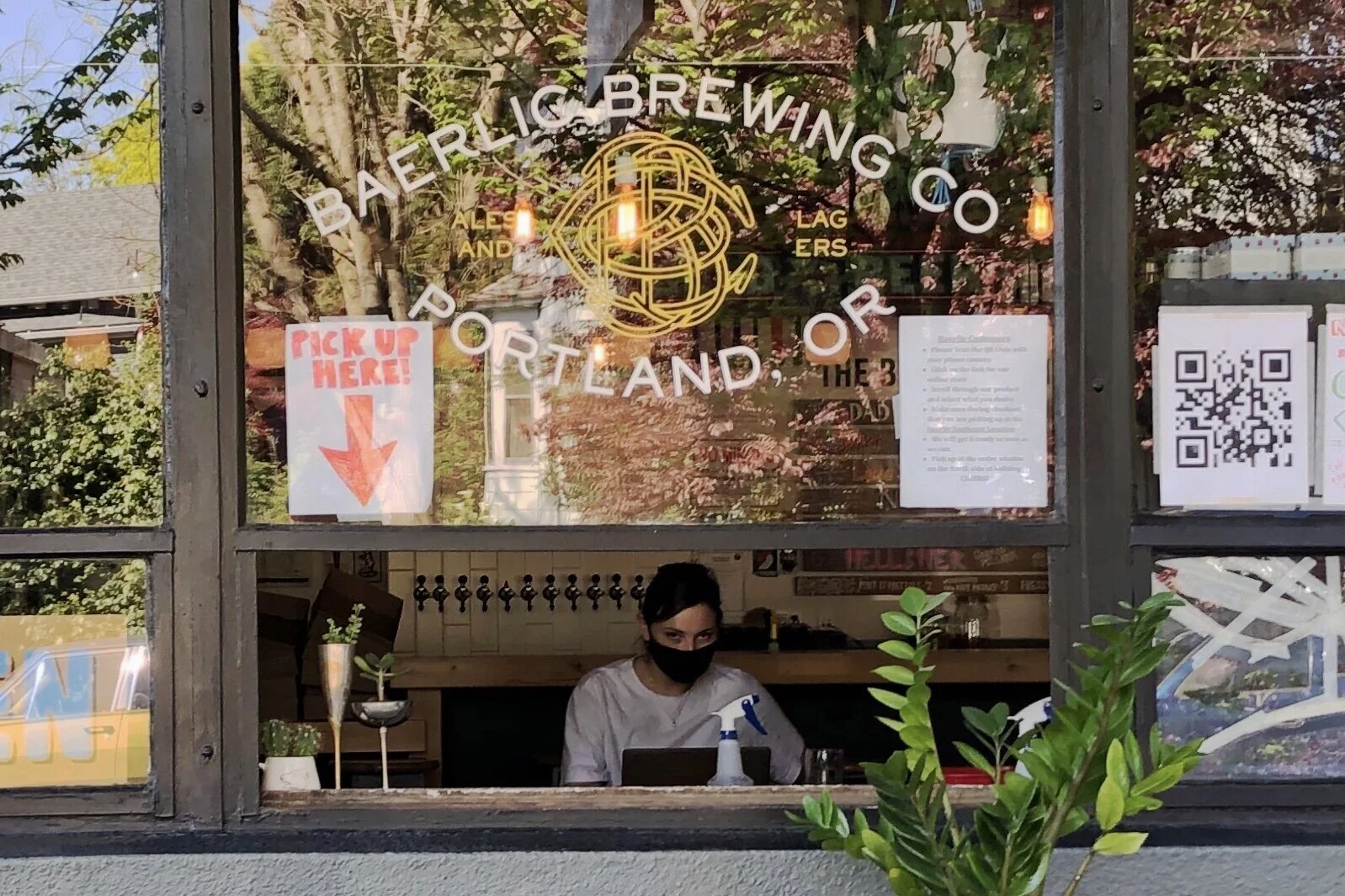




The wonderful brewing historian Martyn Cornell died suddenly yesterday at 72. He was a wonderful man, kind and gentle, and his writing transformed the way we understand beer and the people who made it.